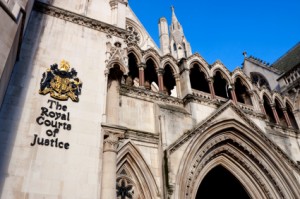Complaints against barristers by litigants-in-person (LiPs) forced by legal aid cuts to represent themselves have continued to spike, according to the Bar Standards Board (BSB).
With around 15% of all conduct complaints now coming from LiPs, the BSB has now received as many complaints from LiPs in the first half of 2011 (35) as it did in the whole of 2009 and 2010 combined.
LiPs generally complain about the opposing barrister misleading the court or engaging in dishonesty/discreditable conduct.
So far only one complaint has been upheld – relating to a non-practising barrister holding out, which led to an administrative fine – with the majority dismissed. Of those still ongoing, none has yet been referred for disciplinary action. The trend was first reported in June.
The report, by head of professional conduct Sara Down and complaints committee chairman Simon Lofthouse QC, said: “The high rate of dismissals may be an indication that the issues of concern for litigants in person arise not from barristers acting outside the code [of conduct] but from a potential lack of understanding of the role of opposing counsel in proceedings.”
They added: “The unprecedented increase in complaints from litigants in person is almost inevitably due to the cuts in legal aid which have forced more people to represent themselves. The statistics for the second quarter indicate this is going to be sustained trend.
“If the numbers remain high throughout the rest of 2011, the intention is to produce a ‘thematic’ report in 2012 analysing the complaints in more detail and identifying any potential learning points for the Bar and/or the courts.”
The report also revealed that the Legal Ombudsman is referring a far lower proportion of complaints to the BSB than expected. The ombudsman has so far referred 9% of the 226 complaints it has received to the BSB because issues of misconduct had been identified; the prediction had been for 25%.














Leave a Comment